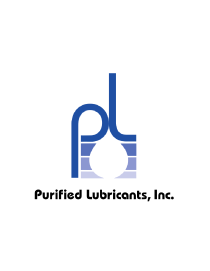Hydraulic components are expensive and, so, regardless of the amount of spares that you carry, one thing you want to make sure of is that your inventory is not deteriorating in storage. With this in mind, here are a few pointers for the effective long-term storage of hydraulic components:





